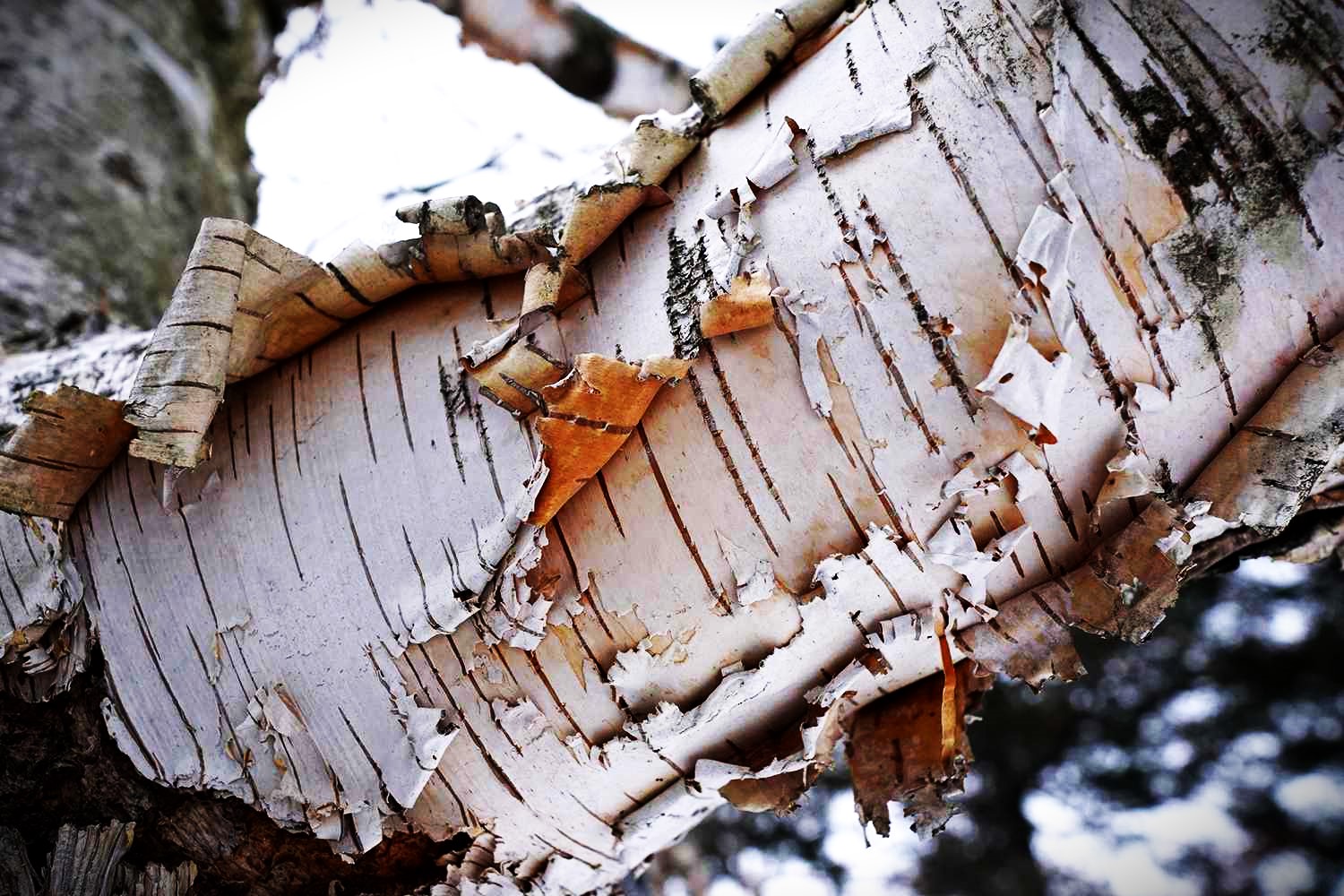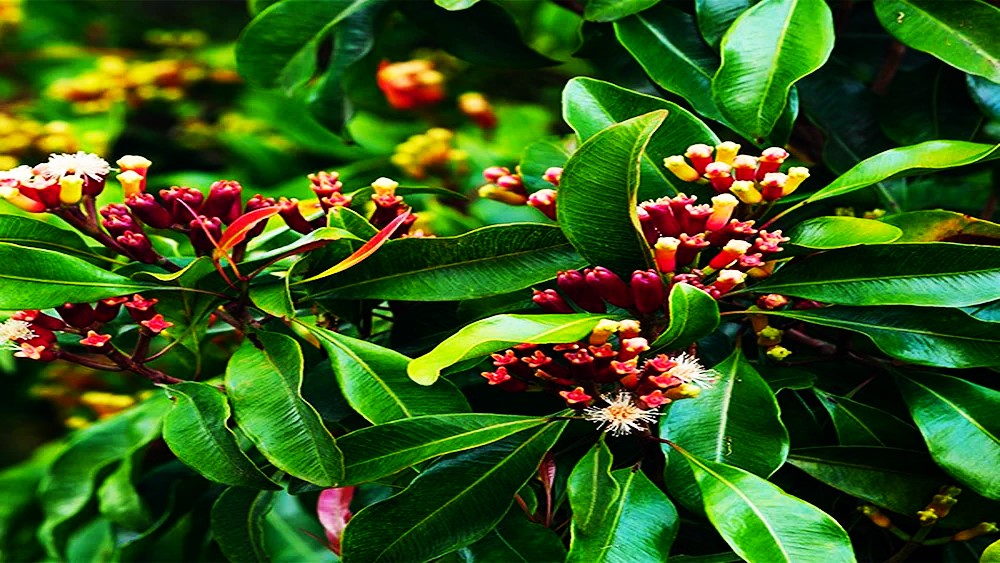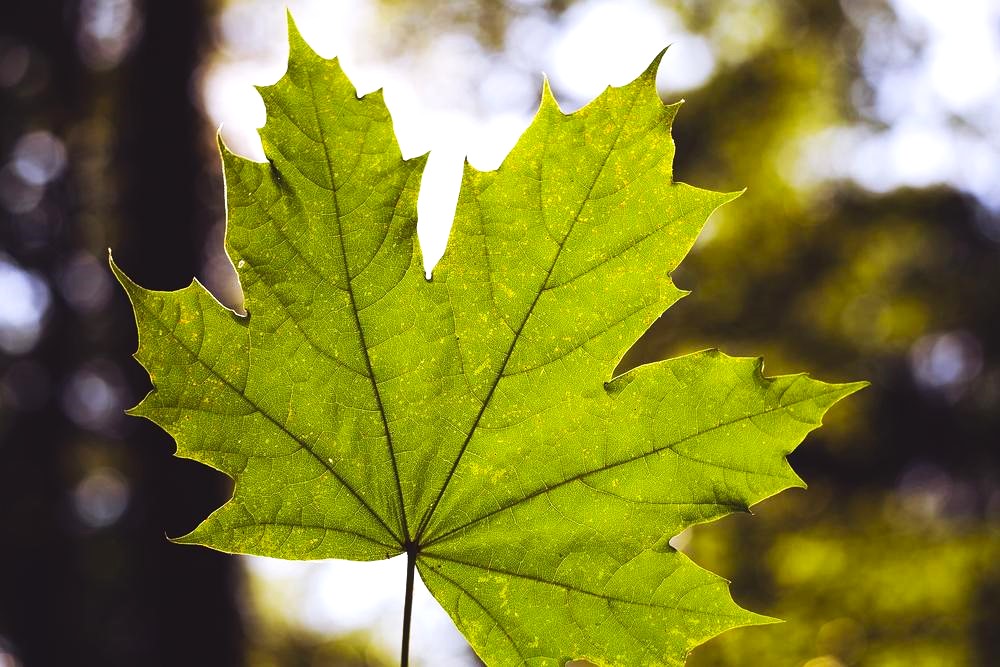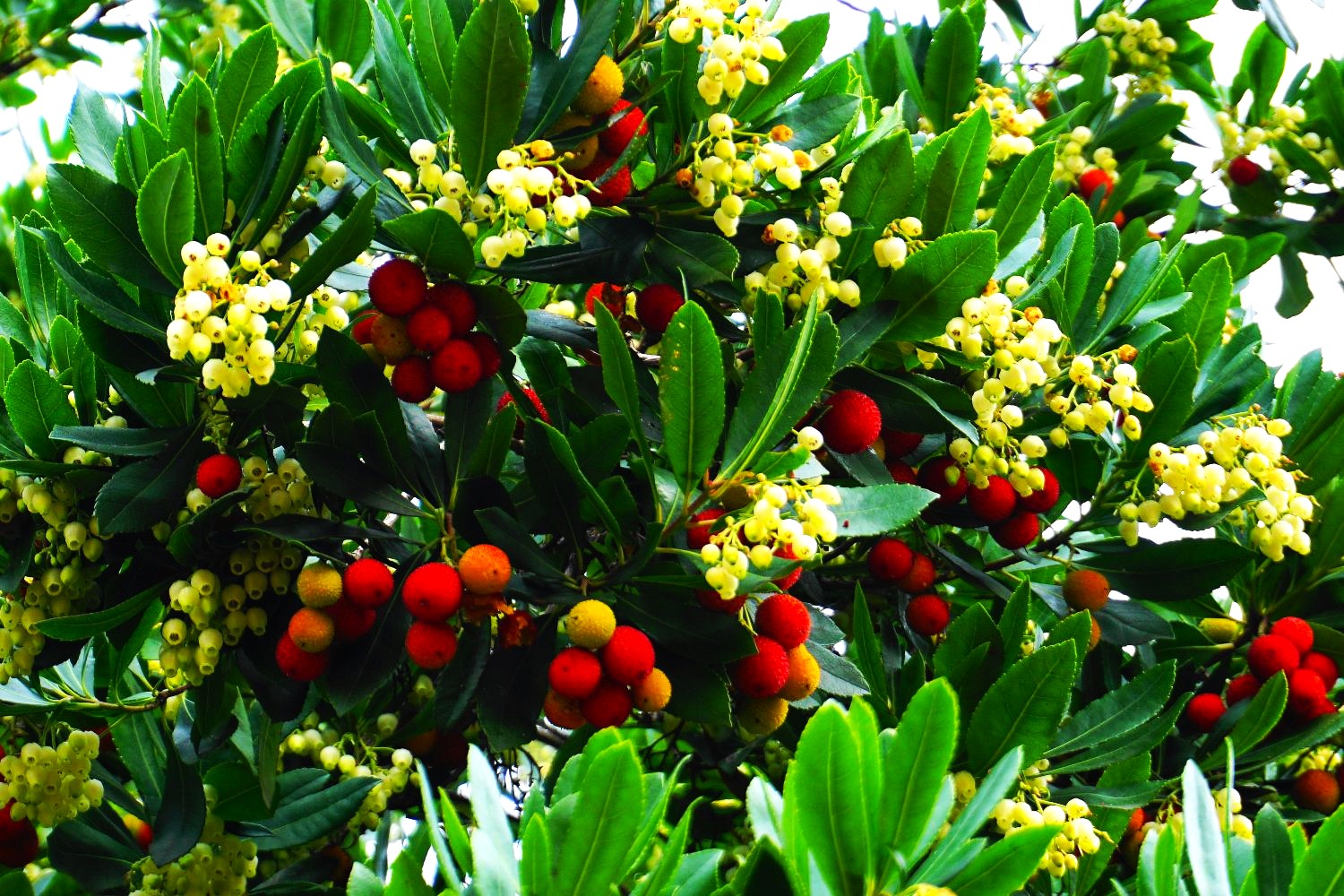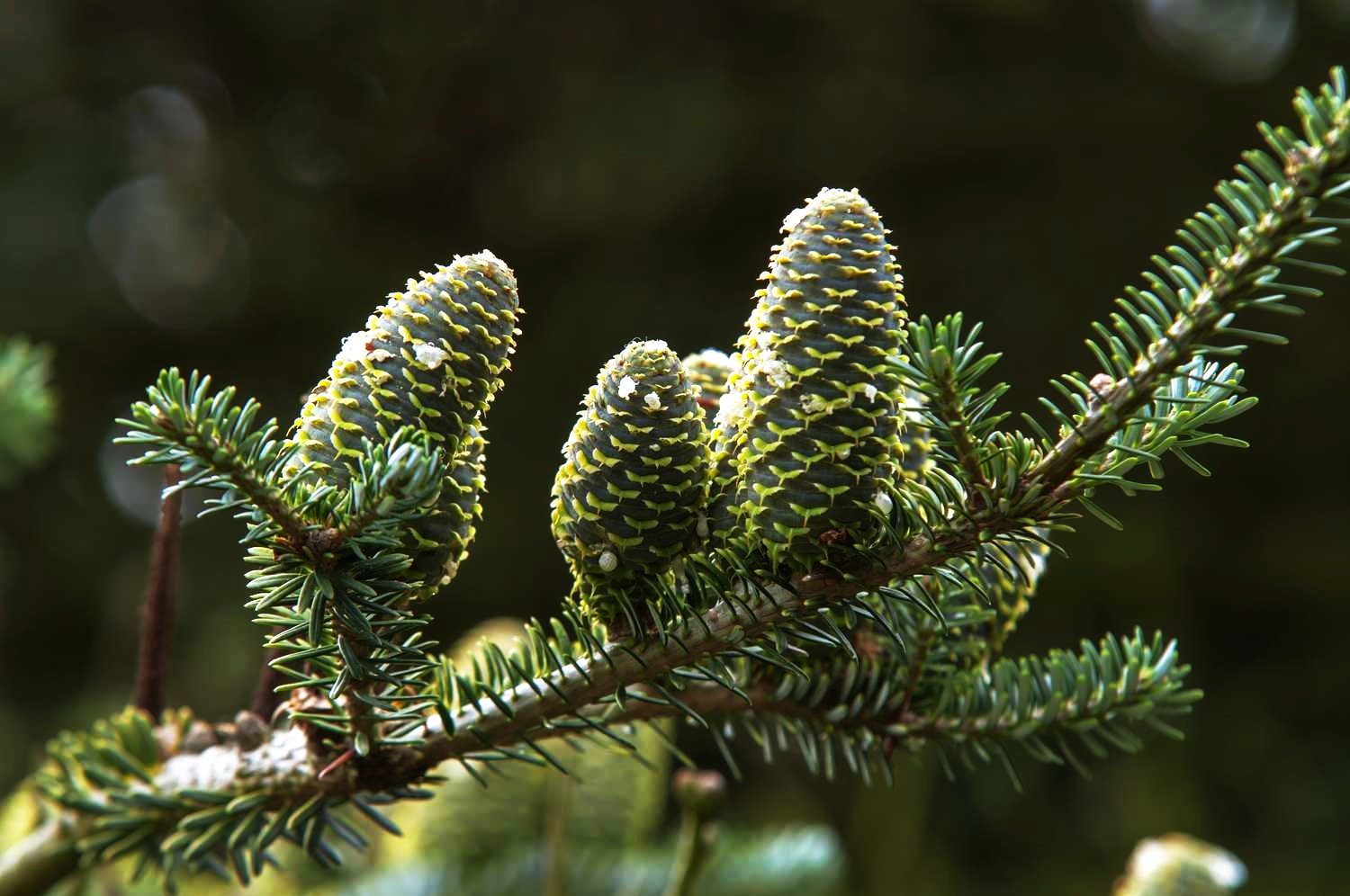List of Trees That Leave Debris Everywhere and Detailed Information About them
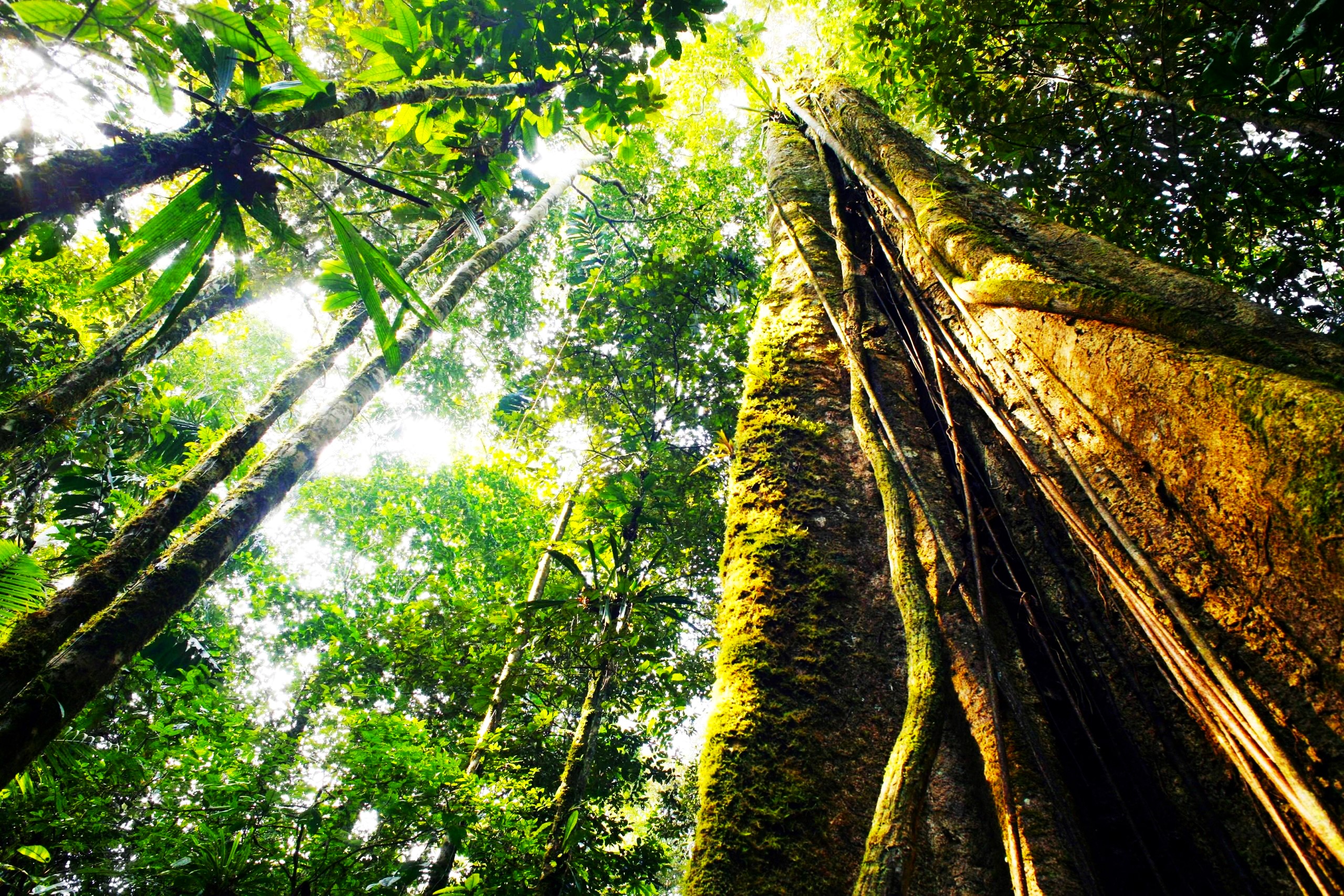
For good reason, untidy tree droppings frequently cause a perfectly good specimen to be eliminated from a landscape design. Not only are tree droppings unsightly, but they can also pose a risk, leave stains on vehicles, buildings, and pavement, and generally increase the upkeep of yards. Most people would prefer not to plant these “dirty trees” because of these reasons. If you feel like that, continue reading to find out about eight of the messiest trees.
Poplars
Poplars (Populus spp.) are vulnerable to a wide range of illnesses and pest insects. Poplar branches have a weak structure and often break when bad weather, like wind or snow, strikes. Additionally, no homeowner wants their poplar root system to grow into sewer lines and buckle sidewalks. Certain types, particularly cottonwoods, yield tiny white seeds that can clog gutters, screens, and air conditioners in addition to causing problems for people who suffer from seasonal allergies.
Honeylocust
Large thorns on certain varieties of the honeylocust (Gleditsia triacanthus) may make them challenging to handle. Although G. triacanthus var. inermis is a thornless variety of the tree, thorns are frequently produced by the sprouts of these grafted trees. The tree also yields an abundance of big, untidy fruit. Honeylocusts are prone to disease and insect pests, just like poplars.
weeping willows
Willows (Salix babylonica) have a striking habit of weeping, but the trees are brittle and prone to storm damage. Even in calm weather, weeping willows frequently drop branches. Canker diseases, which also contribute to dead fall, can affect these trees.
Black locust
Although it is native to most of the United States, the black locust (Robinia pseudoacacia) has the potential to spread to grasslands. Black locust has an aggressive root system that allows its suckers to take over neighbouring garden spaces. Black locust is another prickly tree that yields an abundance of untidy fruit. It is vulnerable to various diseases and insect pests.
Catalpa or catawba tree
Catalpa speciosa, also known as the Northern catalpa or catawba tree, is a lovely tree with large, heart-shaped leaves that are nearly impossible to perfect. It also yields long, thin seed pods that, regrettably, harbour thousands of catalpa caterpillars, as well as fluffy white blooms. Though visually appealing at first, the catalpa becomes a chaotic sight after the blossoms, seed pods, and caterpillars fall off.
Sweet gum tree
Because of its stunning autumn foliage, the sweet gum tree (Liquidamber styraciflua) is used as an ornamental tree. But the tree yields fruit before the gorgeous autumn foliage appears: gum balls, which are tough, spiked balls that are very challenging to rake up. Thousands of these potentially painful fruit, hard and sharp enough to pierce even the strongest gardening gloves or boots, can be produced by the tree. To make matters worse, the fruit is difficult to compost.
Magnolia trees
The Magnolia tree, or Magnolia grandiflora, is almost universally associated with the South. It’s hard to imagine this specimen as a garbage tree given its large, glossy green leaves and large, fragrant white blossoms that bloom in the spring. It’s a very pretty tree. But after the blossoms fall, you’re left with an untidy mess to clean up, not to mention this tree’s tendency to drop little branches and those crunchy, waxy leaves. And lastly, there are the rigid cones that decompose slowly in compost.
Black walnut
Prunus nigra, or black walnut, is another tree that is best left alone. It releases a poisonous substance that is capable of destroying nearby plants. With the exception of the nut, the majority of the tree’s parts have a distinct, pungent scent that the grower may or may not find appealing. Like many of the trees mentioned above, it also yields messy fruit.
Finally, even though planting fruit trees is appealing, it is preferable to plant ornamental varieties that are either fruitless or bear tiny fruit that is consumed by birds, minimising any potential mess, if you know you won’t be able to keep up with the fruit harvest.
Crabapple trees: Are They Messy?
Crabapples are great pollinators when it comes to fruit trees; in fact, commercial fruit growers frequently include them in their orchards to fill in pollination gaps. Because of their stunning flower displays in the spring, crabapples are frequently included in home gardens. In addition, birds and small mammals love to eat crabapple trees, and their branches provide excellent habitat.
Once more, some claim that there are drawbacks to every advantage of the crabapple. You can get really messy with crabapples. When those stunning blooms fade, a snowfall of petals will cover the surroundings. This snowfall won’t stay long, but it can get slick, blow, and adhere to other surfaces. Only the yellow jackets will appreciate the mess of rotting fruit that will remain if neither you nor the wild animals eat the crabapples.
Final Remark on Planting Trees in the Garden
Untidy trees have a tendency to drop their fruit, leaves, or even needles all at once, leaving a massive mess that can harm buildings, cars, turf grass, and planting beds, among other man-made objects. A few of these “dirty trees” might also scatter seeds that sprout into tiny trees all over your landscape.
There is typically a benefit to every drawback, and messy trees are no exception. Although regular cleaning and raking will be required, adding some of these untidy trees will create a more varied environment and provide habitat for wildlife.
Although it is unstructured, nature is flawless in its own unique way. To put it mildly, all trees have the potential to be messy—at least to the type A neatnik personality. That being said, some are more messy than others. Make sure you are ready to handle the upkeep before planting a tree by doing some research and introspection.

